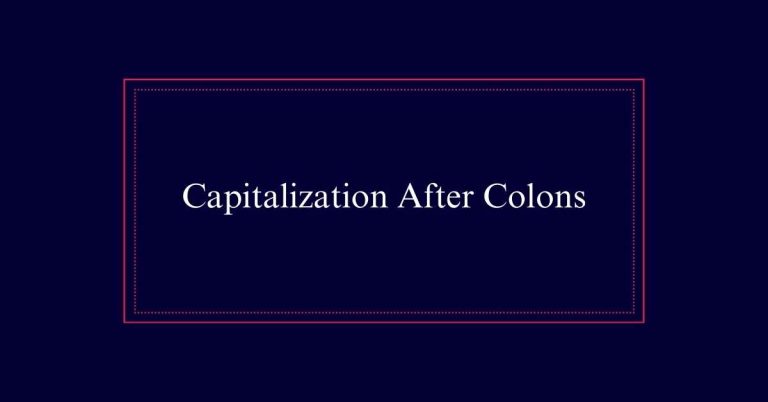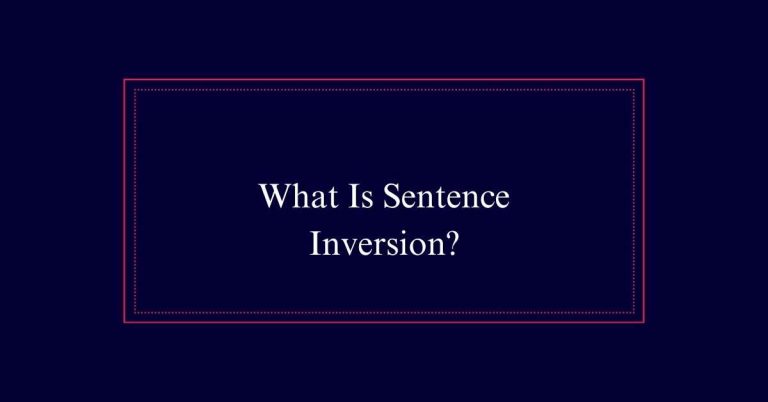What Is the Present Perfect Tense?
The present perfect tense connects past actions with the present, emphasizing their current relevance. Form it using “has” or “have” plus a past participle, such as “he has eaten” or “they have arrived.” It often indicates actions without a specific time, like “I have seen that movie” or experiences like “we have been to Paris.”
Use “has” with singular third-person subjects and “have” with all other subjects. For negative sentences, insert “not” (e.g., “She has not finished”). To ask questions, start with “have” or “has” (e.g., “Have you finished?”).
Definition of Present Perfect
Defined by its unique structure, the present perfect tense connects past actions with the present moment. It highlights actions that began in the past and have relevance now. For instance, ‘She has traveled to Japan’ indicates she traveled in the past, and it matters now.
This tense is used to show experiences, changes, or achievements. For example, ‘They have learned a new language’ illustrates an ongoing benefit. Additionally, it is often used without specifying exact times, such as ‘I have seen that movie.’ This keeps the focus on the fact that the action impacts the present.
Forming the Present Perfect
To form the present perfect tense, combine the auxiliary verb ‘has’ or ‘have’ with the past participle of the main verb. This structure is used for various subjects.
Below is a table illustrating examples:
| Subject | Example Sentence |
|---|---|
| I | I have finished my homework. |
| You | You have visited that museum. |
| He/She/It | She has read the book. |
| We | We have eaten lunch. |
| They | They have traveled to Canada. |
Notice how the auxiliary verb changes based on the subject. ‘Has’ is used with singular third-person subjects (he, she, it), while ‘have’ is used with all other subjects. This combination creates the present perfect tense, indicating actions linked to the present.
Subject-Verb Agreement
How do we guarantee proper subject-verb agreement in the present perfect tense? Ensuring correct subject-verb agreement is essential.
Use ‘has’ with singular third-person subjects (he, she, it). For example, ‘She has finished her homework.’
Use ‘have’ with all other subjects (I, you, we, they). For instance, ‘They have completed the project.’

Remember that the past participle form of the main verb remains consistent, regardless of the subject. Consider these examples: ‘I have eaten lunch,’ and ‘He has eaten lunch.
Note the auxiliary verb changes to match the subject, but the past participle ‘eaten’ stays the same. This consistency helps maintain proper structure and clarity in the present perfect tense.
Constructing Statements
Constructing statements in the present perfect tense involves combining the appropriate auxiliary verb with the past participle of the main verb. Use ‘has’ for third-person singular subjects (he, she, it) and ‘have’ for all other subjects.
For example, ‘She has eaten breakfast.’ The structure is simple: subject + auxiliary verb (has/have) + past participle.
Another example is ‘They have finished their homework.’ This tense highlights actions that occurred at an unspecified time before now and have relevance to the present.
It is important to make sure correct subject-verb agreement. For instance, ‘I have visited Paris’ versus ‘He has visited Paris.’ This construction emphasizes the connection between past actions and the present time.
Forming Negatives
Forming negatives in the present perfect tense involves inserting ‘not’ between the auxiliary verb and the past participle. This simple alteration changes the meaning of the sentence.
For example, ‘She has not finished her homework’ implies the work is still ongoing or incomplete.
Consider the following points to evoke a clear understanding:
- Clarity: Negatives highlight actions that have not been completed.
- Precision: ‘Have not’ or ‘has not’ plus the past participle guarantees accuracy.
- Examples: ‘We have not seen that movie’ or ‘He has not called yet.’
- Simplicity: Use contractions like ‘haven’t’ or ‘hasn’t’ for casual speech.
Asking Questions
To ask questions in the present perfect tense, start with ‘have’ or ‘has’ followed by the subject and the past participle. This structure helps inquire about actions that connect the past to the present.
For example, ‘Have you finished your homework?’ or ‘Has she ever visited Paris?’ These questions help determine if an action has occurred up to now.
Another example is, ‘Have they moved into their new house?’ This format is useful in both formal and informal contexts. It is important to match ‘have’ with plural subjects and ‘has’ with singular subjects.
Using Adverbs
Adverbs play an important role in the present perfect tense by providing additional context and clarity to the actions described. They help specify the timing, frequency, and manner of an action, making the meaning clearer and more precise.
Common adverbs used with the present perfect tense include ‘already,’ ‘yet,’ ‘just,’ and ‘ever.’
Consider these examples:
- Already: ‘She has already finished her homework.’
- Yet: ‘Have you finished your homework yet?’
- Just: ‘They have just arrived.’
- Ever: ‘Have you ever visited Paris?’
Passive Voice in Present Perfect
In the present perfect tense, passive voice is used to focus on the action itself rather than the subject performing the action. This structure is formed by using ‘has been’ or ‘have been’ followed by the past participle of the main verb. For example, ‘The project has been completed’ emphasizes the completion of the project, not who completed it.
Similarly, ‘Several mistakes have been made’ highlights the presence of mistakes without specifying the person responsible. This usage is particularly useful in formal writing where the actor is unknown or irrelevant. Passive voice in the present perfect tense consequently shifts the emphasis from the doer to the action and its effects.
Recent Actions
The present perfect tense is often used to describe actions that have been completed very recently. This usage helps convey immediacy and relevance to the current moment.
For instance, saying ‘She has just finished her project’ emphasizes that the completion happened moments ago. To effectively use this tense for recent actions, consider the following points:
- Immediacy: Use words like ‘just’ to highlight the recentness. E.g., ‘They have just arrived.’
- Relevance: Connect past actions to the present. E.g., ‘He has recently moved to a new city.’
- Clarity: Keep sentences simple and direct. E.g., ‘I have now completed the task.’
- Emotion: Show the effect of the action. E.g., ‘She has finally understood the concept.’
Significance of Achievements
Present perfect tense is crucial for highlighting significant achievements by connecting past accomplishments with their present impact.
For example, ‘She has won the Nobel Prize’ emphasizes the achievement and its ongoing importance. This tense shows that the action, though completed in the past, remains relevant today. It adds weight to the accomplishment, highlighting its lasting significance.
Another example is, ‘He has completed the marathon,’ which underscores not just the act of finishing but its present-day relevance and pride.
The present perfect tense, therefore, serves to celebrate milestones and recognize their enduring influence. It effectively bridges past success with current recognition, making it an essential tool for emphasizing achievements.
Frequently Asked Questions
How Does Present Perfect Differ From Past Simple?
The present perfect tense connects past actions to the present, showing ongoing relevance or effect. The past simple tense describes completed actions at a specific past time. Example: “She has finished” (present perfect) vs. “She finished” (past simple).
Can Present Perfect Be Used With Unfinished Time Periods?
Present perfect can be used with unfinished time periods. For example, “I have worked here for three years” indicates ongoing employment. This tense connects past actions with the present, showing continuity or relevance to now.







